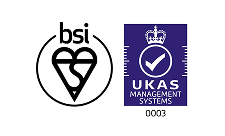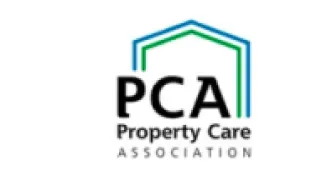Dealing with failed waterproofing systems
Get in touch

Not something we hope anyone ever has to deal with, but if you should have requirement, then Trace have extensive experience investigating and developing remedial schemes to address complex issues, often where multiple previous attempts have fallen short.
Assess
To understand what to do, we have to understand what we've got - existing waterproofing, nature of structure, patterns of dampness, other influencing factors?
Design
What to do, in what order, to reach an appropriate and lasting solution.
Implement
Complex remedial schemes often require ongoing involvement, where opening up exposes additional factors/information, leading to variations or additions to the design.
We specialise in the investigation and remediation of basement waterproofing issues.
Useful links
Waterproofing design
Dealing with failed waterproofing systems
Waterproofing design
In the last ten years there have been many advances within the UK waterproofing industry across design guides, insurance requirements, waterproofing materials, training, knowledge and experience. There is now a much greater focus on the importance of quality design by qualified persons, and installation by specialist installers. The incidence of issues in finished basements is reduced.

Notwithstanding, Trace have extensive experience in dealing with basement waterproofing systems which have not performed. All forms of waterproofing systems can fail.
A typical process includes:
- Site inspection, gather available information in relation to site, structure, existing waterproofing, issues experienced and client requirements.
- Desk study of collected information, production of report with remedial strategy in line with client requirements, or:
- Undertake further (often intrusive) investigation to establish construction details or other pertinent information.
- Advise remedial strategy in line with client requirements.
- Implement strategy on site and manage installation to successful completion.
Remedial project goals:
- Address the issues present.
- Provide meaningful correspondence – analytical reports, building manuals for systems installed, guarantee paperwork and insurances, adding value to property if and when sold.
Some examples of typical remedial projects
Structural Insurance claims
A new build house will typically be covered by a ten year structural insurance policy, from NHBC, Premier Guarantees, or one of the other providers of such cover. We started dealing with claims on behalf of the insurers in 2002, and have probably undertaken more of this type of remedial work than any other in the UK. In 2012 Premier Guarantees employed us to re-write their basements technical manual (developers have to comply with this to obtain the insurance) to manage risk, which changed the industry forever as others Like NHBC followed suit in updating guidance.
Example issues we deal with –
- External barrier tanking (bitumen sheet membranes for example) installed by general or even specialist contractors, they come under water pressure, have to be perfect to function, are not and they leak.
- Service penetrations (pipes & cables running through structure) – not considered in the design, sometimes retrofitted after the waterproofing has been completed but never made good. Can be a source of significant ingress!
- Waterproof concrete structures – concrete cracks excessively (> 0.3mm) and allows water ingress. Failure of waterbars to seal construction joints allowing ingress.

.jpeg)
Failed before completion, we installed a system in 2006 and it has been dry since
Basement conversion issues
The purpose of waterproofing in a basement conversion, is to provide and maintain a dry space in the long term, so that investment in that space is preserved. Many systems have been installed by untrained general building contractors, or even specialist basement conversion companies set up with limited to no training or qualifications.
Example issues we deal with:
- Poor detailing – laps & seals in membrane, plug fixings poorly sealed.
- No drainage channels (membrane only drainage systems).
- No inspection ports (system not maintainable so non-compliant with BS8102), often installers don’t offer to maintain their systems leading to failure in time.
- Sump systems with 1x mains powered pump (cheapest approach), no battery back-up or mechanical redundancy. Discharge pipes bossed directly into drains (no over-flow/flood-loop detail).
- Barrier tanking specific – inadequate consideration of structure, poor surface preparation, under-appreciation or requirement for perfect (defect free) installation.
Experts in Waterproofing Design & Construction
North-West leading Waterproofing experts
Follow us
Winning awards & Accreditations







.webp)
Experts in Damp & Remedial services
Structures above ground may be subject to issues of dampness for a variety of reasons. Key to achieving a resolution, is in understanding the nature and cause of the dampness.
Find out more

Other recent projects
Discover how Trace can help deliver your project
Get in touch




.avif)







.avif)
